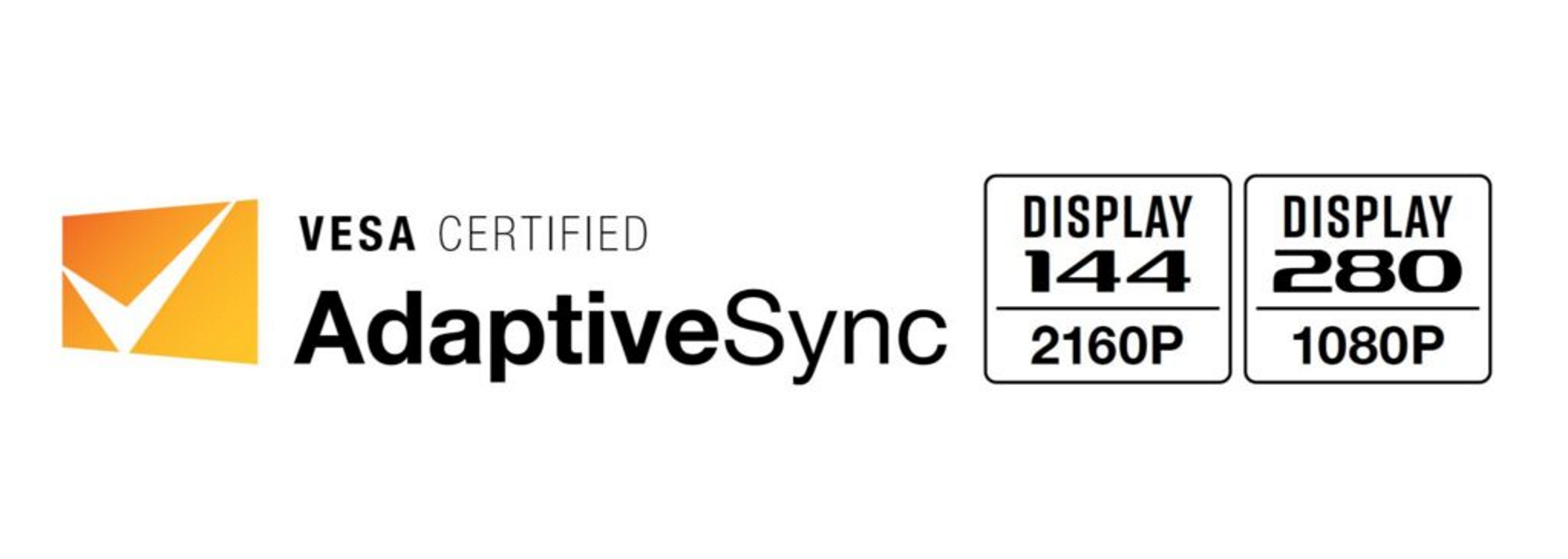In context: The Video Electronics Standards Association (VESA) is a non-profit entity of more than 325 corporate members worldwide. The organization defines standards and certification programs for video and media interfaces used by PC, television, and consumer electronics industries, promoting and supporting open standard development in the display market.
The AdaptiveSync certification program introduced in 2022 just got an update for 2024. The original VESA certification covered displays with variable refresh rate (VRR) support. The update now includes "dual-mode" monitors. The new Adaptive-Sync Display v1.1a certification will help consumers identify monitors capable of running at two different refresh rates depending on the vertical pixel resolution.
According to VESA, displays that can operate at different maximum refresh rates when resolution is reduced are already emerging. Until recently, most displays didn't have dual-mode refresh rates. Users seemingly had to choose between monitors suited for high-performance gaming or products with higher resolutions for content creation.
The Adaptive-Sync Display v1.1a certification includes new testing criteria for dual-mode monitors and a new Adaptive-Sync logo to reflect the new capability. VESA provides an example indicating that the tested monitor can work at a 4K/2160P resolution with a 144Hz refresh rate or FullHD/1080P resolution at 280Hz.

Monitors certified for dual-mode support still need to pass all the tests included in the basic Adaptive-Sync Display program. Standard requirements include high refresh rate levels, a flicker-free experience, fast gray-to-gray response times, and more.
Dual-mode monitors must meet these same quality levels at both resolutions, including a minimum 144Hz refresh at the maximum pixel resolution. The minimum vertical resolution in maximum refresh rate mode is 1080p.
Display maker LG will introduce its first version 1.1a monitor at CES. The LG 32GS95UE OLED gaming monitor offers dual-mode support. The "VESA certified" logo can tell gamers that the new display can show "story-driven" games in UHD@240Hz or present fast-paced experiences (FPS, MOBA, racing) in FHD@480Hz. Meanwhile, Asus will introduce its ROG Swift PG32UCDP display, which uses the same panel as LG's dual-mode model. It provides the same 4K@240Hz and 1080p@480Hz modes.
In addition to the new dual-refresh rate feature, the Adaptive-Sync Display 1.1a specification will also support testing for "overclocked" displays. Monitors capable of offering a faster user-defined refresh rate will undergo certification testing to achieve a higher Adaptive-Sync Display level.
